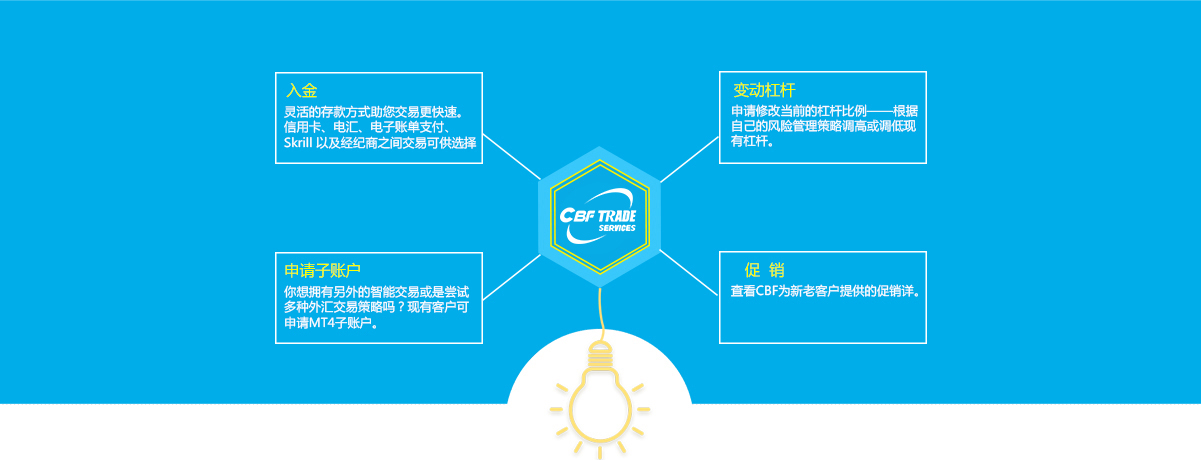01.What is the bid/ask price?
Each currency pair/commodity has prices in two directions, the bid price and the ask price. The buy order has been executed at the bid price when the transaction is executed, and the sell order has been executed at the ask price, and the closing direction is opposite.
02.What are points/points?
1 point usually refers to the smallest increase or decrease in the price. For example, the last digit of the decimal point of the gold XAUUSD quotation 1297.58 is one point. If the price fluctuates to 1307.58, it will increase by 10 dollars, which is equivalent to 1000 points.
03.What is point value?
The point value is the currency pair or commodity traded. The profit or loss caused by each fluctuation point is generally measured in a standard lot. The positive currency pair or commodity, such as XAUUSD, EURUSD, GBPUSD, etc., is the point value of one point. It is 1 US dollar; reverse currency pairs or commodities, for example: USDJPY, USDCHF, USDCAD, etc., the value of one point will be slightly less than 1 US dollar.
04.What is the lot size?
The lot size of the MT5 platform refers to the number of orders placed. 1 is a standard lot. The minimum trading lot size for most commodity/currency pairs is 0.01 lot.


